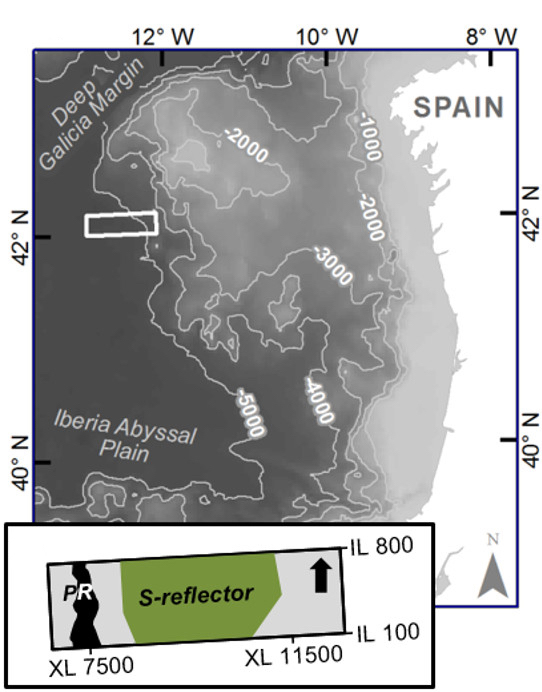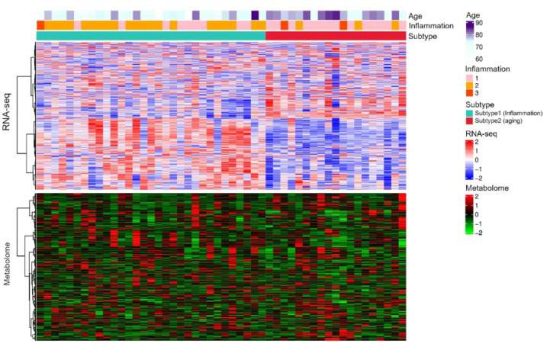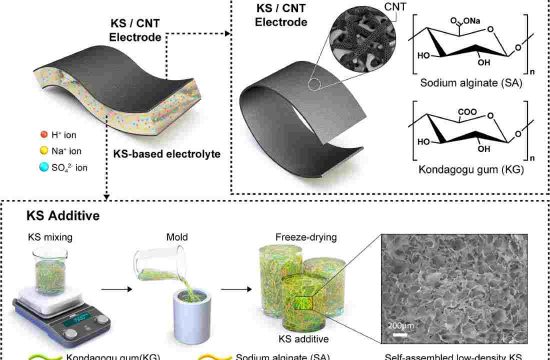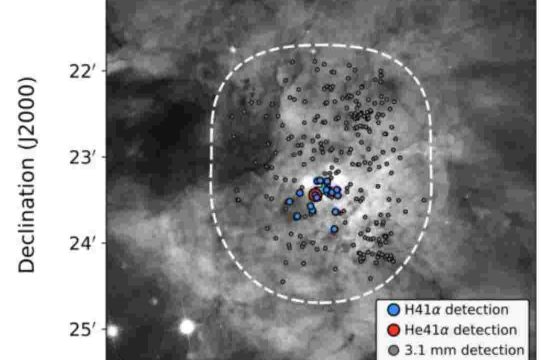Rice University-led study yields first clues about internal structure of Galicia margin

HOUSTON – The first study to spring from a Rice University-led 2013 international expedition to map the sea floor off the coast of Spain has revealed details about the evolution of the fault that separates the continental and oceanic plates.
A paper in Earth and Planetary Science Letters by Rice graduate student Nur Schuba describes the internal structure of a large three-dimensional section of the Galicia, a non-volcanic passive margin between Europe and the Atlantic basin that shows no signs of past volcanic activity and where the crust is remarkably thin.
That thinness made it easier to capture 3-D data for about 525 square miles of the Galicia, the first transition zone in the world so analyzed.
Sophisticated seismic reflection tools towed behind a ship and on the ocean floor enabled the researchers to model the Galicia. Though the rift is buried under several hundreds of meters of powdered rock and invisible to optical instruments, seismic tools fire sound into the formation. The sounds that bounce back tell researchers what kind of rock lies underneath and how it’s configured.
Among the data are the first seismic images of what geologists call the S-reflector, a prominent detachment faultwithin the continent-ocean transition zone. They believe this fault accommodated slipping along the zone in a way that helped keep the crust thin.
“The S-reflector, which has been studied since the ’70s, is a very low-angle, normal fault, which means the slip happens due to extension,” Schuba said. “What’s interesting is that because it’s at a low angle, it shouldn’t be able to slip. But it did.

“One mechanism people have postulated is called the rolling hinge,” she said. “The assumption is that an initially steep fault slipped over millions of years. Because the continental crust there is so thin, the material underneath it is hot and domed up in the middle. The initially steep fault started rolling and became almost horizontal.
“So with the help of the doming of the material coming from below and also the continuous slip, that’s how it is likely to have happened,” Schuba said.
The large data set also provided clues about interactions between the detachment fault and the serpentinized mantle, the dome of softer rock that presses upward on the fault and lowers friction during slippage. The researchers believe that led the Galicia to evolve differently, weakening faults and allowing for longer durations of activity.
The research is relevant to geologists who study land as well as sea because detachment faults are common above the water, Schuba said. “One of my advisers, (adjunct faculty member) Gary Gray, is jazzed about this because he says you can see these faults in Death Valley and Northern California, but you can’t ever see them fully because the faults keep going underground. You can’t see how deep they go or how the fault zones change or how they’re associated with other faults.
“But a 3-D dataset is like having an MRI,” she said. “We can bisect it any way we want. It makes me happy that this was the first paper to come out of the Galicia data and the fact that we can see things no one else could see before.”
Co-authors of the paper are Julia Morgan and Dale Sawyer, both Rice professors of Earth, environmental and planetary sciences; Rice alumnus Brian Jordan, now of BP America; Donna Shillington, the Lamont Associate Research Professor at Columbia University; Tim Reston, a professor of geology at the University of Birmingham, England; and Jonathan Bull, a professor of geology and geophysics at the University of Southampton, England.
The National Science Foundation, the U.K. Natural Environment Research Council and the GEOMAR Helmholtz Center for Ocean Research supported the research.







